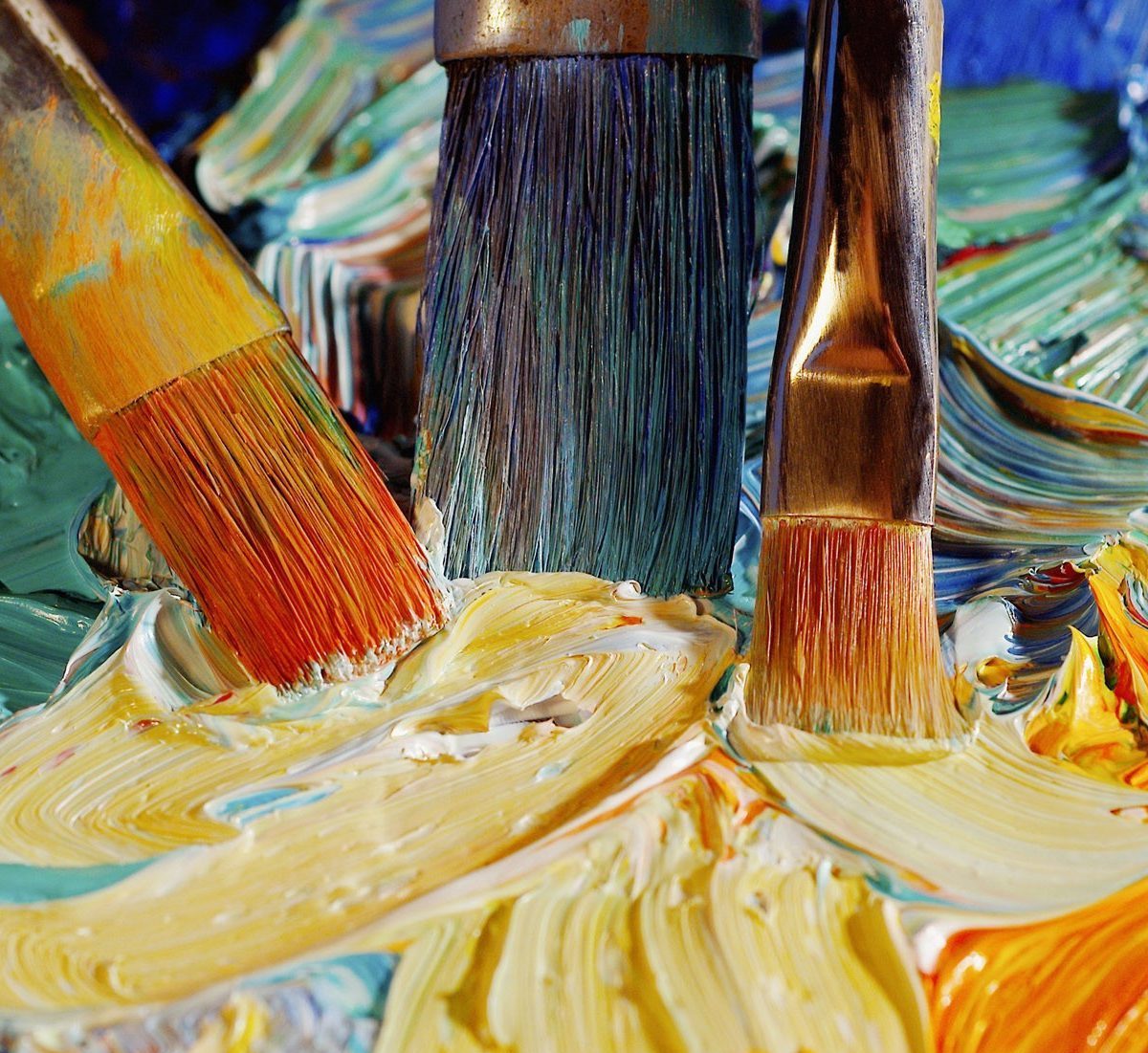Art is an inherently enjoyable experience, which can be a powerful tool in a therapy setting. It can give you the opportunity to express your inner thoughts, while helping you to better understand and make sense of your emotions and your mental health.
The benefits of art therapy make it a valuable process for adults and young people during the treatment of a wide-spectrum of illnesses and disabilities.
Self-expression and expression of feelings
Your art can become a way to look into and communicate thoughts and emotions that seem too complex or confusing to articulate by talking alone.
Creating and discussing art with a therapist can help you to see your intense yet jumbled feelings more clearly. It also allows you to share emotions which can be described as “negative” but which we may all experience from time to time, including anger, sadness, grief and emotional pain.
Recognising your own growth and inner strength
Art therapy can give you a voice which you can use to communicate your thoughts and feelings. Through examining the inner self, and the experiences that have shaped you, you have an opportunity to start recognising your strengths.
Coming to terms with physical illness
If you have a chronic and life-limiting illness, art therapy can help you to work through the impact the illness has had on your life. It can help you identify the goals you want to achieve and give you the opportunity to clarify what is important to you. It also gives you time to think about how your illness may have changed how you see the world and the things that are valuable to you.
What to expect from an art therapy session
Art therapy is not about becoming a great artist. No prior knowledge or skill is needed – just a willingness to try using the materials.
It’s a flexible medium, where you decide on the amount of time that you spend making art and talking. During your first session, a therapist will typically guide you through the different art materials that are available, which may include paint, pencils, clay and pastels to help you to find a way to begin.
Some people start by making art, where they reflect on the picture or sculpture when they have finished. Others prefer to work with a theme or idea that they bring to the session. People also identify a theme during their initial discussion with the therapist at the start of the session.
The art that is made may just be a few lines, a painting, a sculpture or a picture, but it is a vehicle for you to find your own meaning and its connection to your life.
Your art therapist
Art therapists generally have art training prior to becoming an art therapist. They undertake two years of full-time postgraduate training, combining experiential training with working as a trainee in a clinical setting.
They are able to offer art therapy to a wide range of patients adapting the art therapy sessions to the needs of each person attending the sessions.
Art therapy at Priory
Priory provides an extensive range of mental health therapy services. The treatment is delivered in a safe and supportive environment and aims to help people function independently with greater confidence and self-esteem.

